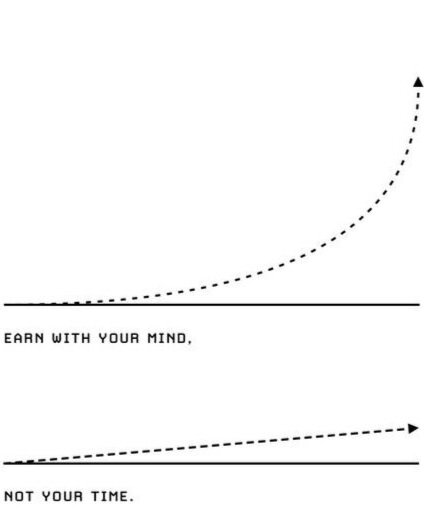Measuring ROI In Enterprise Software
One of the main topics I talk to founders about is how to measure the ROI of their product and how to communicate that ROI to a prospect. This topic almost always comes up in sales conversations, and it’s important to be able to lead this conversation with clarity and authority.
I like to use a simple framework for how to think about a product's ROI, using three broad categories of measurement:
1/ Product usage and engagement. Registered users, monthly active users, transactions, data delivered, etc. Depending on the product, this can be more or less impactful. This is a useful way to think about ROI for a product that doesn't need to be used by a user (like an employee discount program or coaching software). This is not a very effective way to measure ROI for things like expense reporting or benefits management where users are required to use the product to accomplish something.
2/ User satisfaction. This is a bit of a step up over usage metrics in that it measures not just whether or not users use a product, but whether or not they like it. This can be an effective way to measure the ROI of an enablement tool where usage is not optional and financial gain is difficult to measure. NPS is a good measurement for this but I love the way Superhuman tracks this using this question: 1. How would you feel if you could no longer use Superhuman? A) Very disappointed B) Somewhat disappointed C) Not disappointed. There’s a great First Round article on this topic that’s worth reading.
3/ Revenue/Cost savings. This is of course the most impactful way to talk about ROI. It’s especially effective when a company is trying to create a category. In the early days of selling Zocdoc (an online appointment booking software for healthcare clinicians) revenue generated from the service was a crucial part of the ROI conversation. Most doctors didn't feel like they had to put their schedules online, so the only way they'd buy is if they were comfortable that they'd make money. While this was always important, it became less so over time. Online appointment booking became a standard. They had to do it. So other metrics and measurements became more important (e.g. does the staff like using it?).
Depending on the stage of category creation for your product as well as its competitive dominance, it’s important to understand where your product sits in the framework above. Some products need a hard financial ROI, others don’t.
The canonical example of the latter is Salesforce.com. A few years ago, I asked a Salesforce sales rep how they talk about ROI with their customers and he looked at me like I was crazy. The CRM category has been created and it’s now quite mature. Almost all companies of a certain size need a CRM. It’s sort of like calling Verizon and asking them about the ROI on your cell phone. At some point, you just need it. So Salesforce doesn't need to convince you that your sales teams will make more sales because you're using Salesforce, they just need to convince you that everyone uses it or uses something like it and that you need it too. They can validate their ROI by showing usage stats (the bottom of the stack). And if your team isn't using it, that's likely your own fault because you haven't done enough training or promotion to get employees to use it. And of course, they'll be happy to sell you a service that will do that for you.
When taking a product to market, it's important to recognize where your product sits on this stack. Are you selling something that will only be purchased if there’s a crystal clear ROI, or are you selling something that is required to keep the lights on?
___________________________________
Footnote: If you’re interested in learning more about category creation, I highly recommend the book Play Bigger by Al Ramadan.
Footnote 2: Generally, when talking about ROI you have the buyer and not the user in mind. However, it’s important to understand how both are thinking about assessing the ROI of your product.
Footnote 3: Eventually, all ROIs come down to dollars and cents. As an example, user satisfaction might lead to better employee retention which saves your customer money. But don’t go there if you don’t have to. ROIs generally have lots of assumptions that are easy to disagree on and challenge. Striving to show a financial ROI when it’s not needed can complicate/undermine the story you’re trying to tell.






